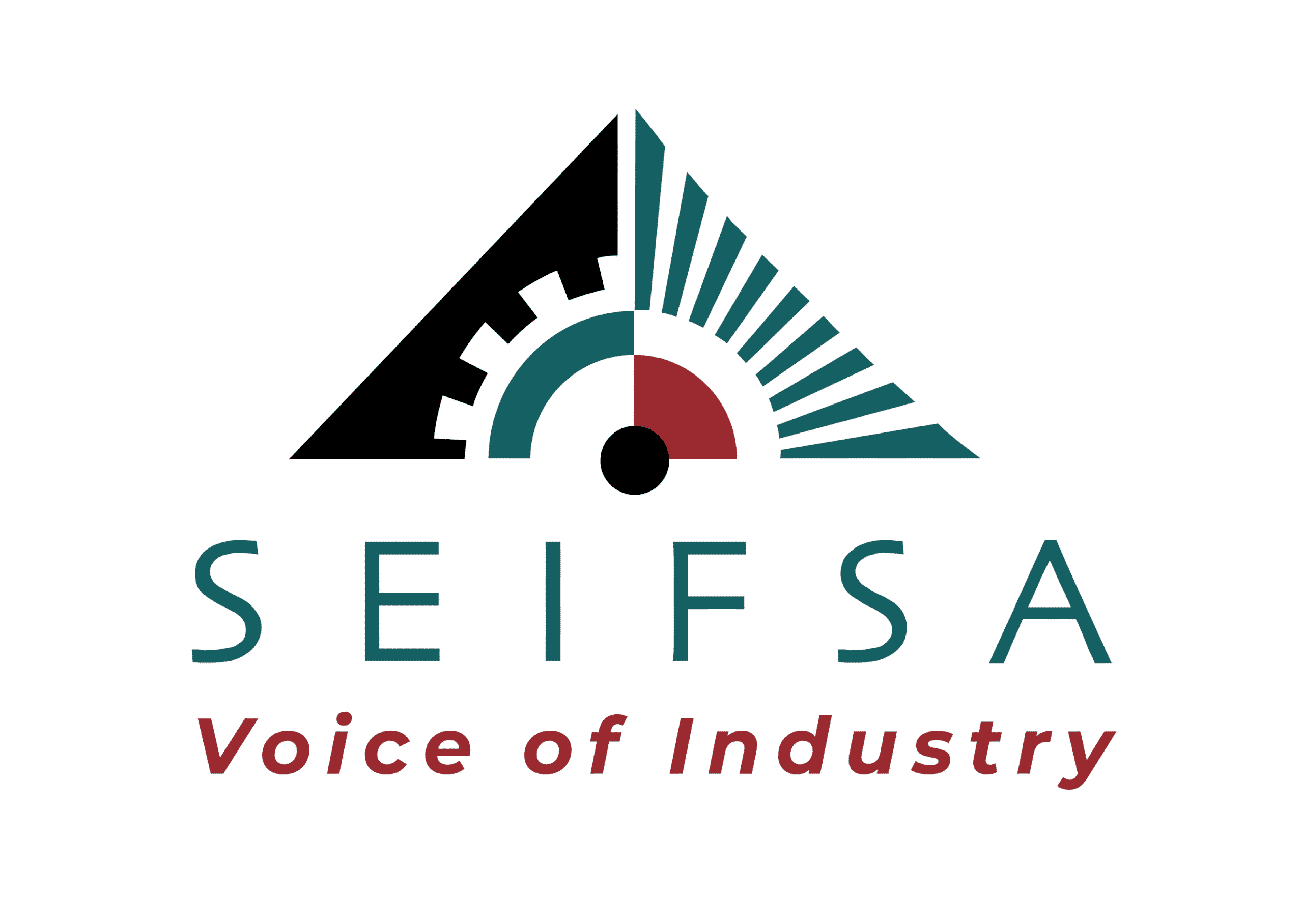The metal industry main agreement will go down in history as having created a number of firsts. The first time in thirty years increases are awarded on rands and cents (as opposed to on actuals), the first time in over ten years the main agreement has been gazetted and extended to all employers and employees in the industry and the first time, the main agreement has stood up to legal scrutiny. Not once, not twice but three times. First, NEASA’s application to the Labour Court was struck down with costs; second, NEASA’s leave to appeal suffered the same fate and was struck down with cost and thirdly, the Labour Appeal Court arrived at the same conclusion, albeit without costs.
NEASA has now taken a decision to petition the Constitutional Court for leave to appeal the Labour Appeal Court judgment and in so doing, NEASA has not minced its words, boldly stating “this fight is far from over and employers should not lose hope. All avenues have not yet been exhausted.” Indeed, NEASA has not exhausted all legal avenues in desperately seeking redress they firmly but mistakenly, believe is theirs.
One wonders if this is intentional or just coincidental, but it’s beginning to look very much like a “stalingrad strategy” deployed to delay or even avoid any possibility of finding common cause with the exhaustive list of respondents cited in NEASA’s papers. Section 34 of the South African Constitution guarantees everyone’s right to have any matter that can be resolved by the application of law decided before the courts and given that our courts have shown themselves reluctant to nip such repeated access to the Courts – the question becomes: Given who we are, who we represent (by far the greater majority of employers and employees in the sector are represented by SEIFSA affiliated member companies), what we do and the current state of our beleaguered sector – is this negative and obstructive process the best way for collective bargaining partners or adversaries to settle their differences? I think not.
The strategic logic for developing a better collective bargaining framework, should have as its starting point the ideals that are aligned to a commitment to decent and equitable labour practices and a fair economy that levels the playing field for all. Of course, these ideals require compromise and dealmaking, hardly evident in courts of law.
As matters currently stand, where an agreement is negotiated and concluded by bargaining agents who represent and employ the majority of employees falling within the council’s coverage, the extension of a bargaining council agreement is seen as a reasonable and necessary mechanism of sectoral collective bargaining. This is the legislative model which the social partners agreed on in 1995 and which Parliament duly enacted.
Section 32 of the Labour Relations Act expressly empowers – indeed, requires – Bargaining Councils and the Minister of Employment and Labour to follow a specific procedure for extending bargaining council agreements. This procedure was agreed upon in 1995 by the parties to NEDLAC, including the representatives of business. Twenty-eight years on, the system stands accused as being unfair. In reality, arguments supportive of this view are, at best, inconclusive or, at worst, speculative.
Preventing and/or delaying extension may well delay the implementation of the main agreement for non-parties, but the indirect effects are no less important. For the affected workers and their unemployed family members, this would almost certainly translate into greater distress. It is hard to reconcile this with the goal of social justice.
As we begin applying our minds to the tactics and strategy employers aligned to SEIFSA will be deploying in the next round of industry wage negotiations in 2024, we are cognisant that as a sector, we are still and, in all likelihood, will still be, in the midst of a number of crises, ranging from the lingering effects of the Covid-19 global pandemic to various economic (energy, logistics, supply chain, inflation, interest rates etc.) and political uncertainties. We will also be reminded that we will not be negotiating in a vacuum. The last thing industry needs is the prospect of another full-blown strike.
The current main agreement is undoubtedly a paradigm shift and illustrates how like-minded negotiating partners can work together in pursuit of a greater good. Compromise was clearly evident on both sides of the table; trust was deepened and relationships were forged. In the course of negotiations participants came to the conclusion that change was necessary, that we needed to move out of our respective comfort zones and conclude an agreement that not only addressed the concerns of all participating constituencies but more importantly laid the foundation for what to expect in 2024 – stability, industrial peace and certainty.
NEASA, should they win in the Constitutional Court will leave the industry in a perilous situation. The unions will retreat to their comfort zones, SEIFSA will in all likelihood find itself again as the main protagonist, representing the largest chunk of employers and employees in the sector and when negotiations unravel, all will bear the consequences and endure the destruction of value across all organizations irrespective of affiliation.
Courts settings are adversarial in nature, hardly conducive to building relationships. Don’t get me wrong, Courts have a critically important role to play and if it wasn’t for our robust judicial system who knows where South Africa would be today, but in the collective bargaining space, good agreements are founded on sound relationships and not selfish, self-serving power-driven dynamics.
SEIFSA representing the 18 independent Employer Organizations, the Plastic Convertors Association of SA, the Consolidated Employers Organization and the five biggest trade unions in the industry will collectively be serving opposing papers to NEASA’s petition for leave to appeal.
One hopes that for the greater good of the sector and in defense of a fair, just and equitable dispensation the result is favorable – if not, we may all stand to lose far more than we bargained for.
Lucio Trentini
Chief Executive Officer

